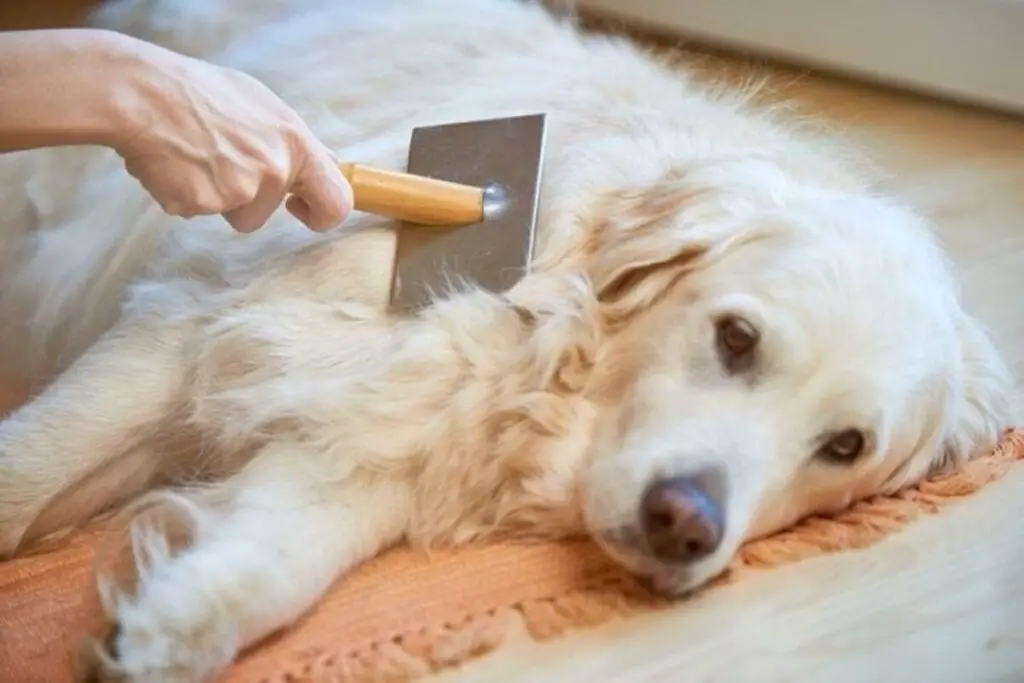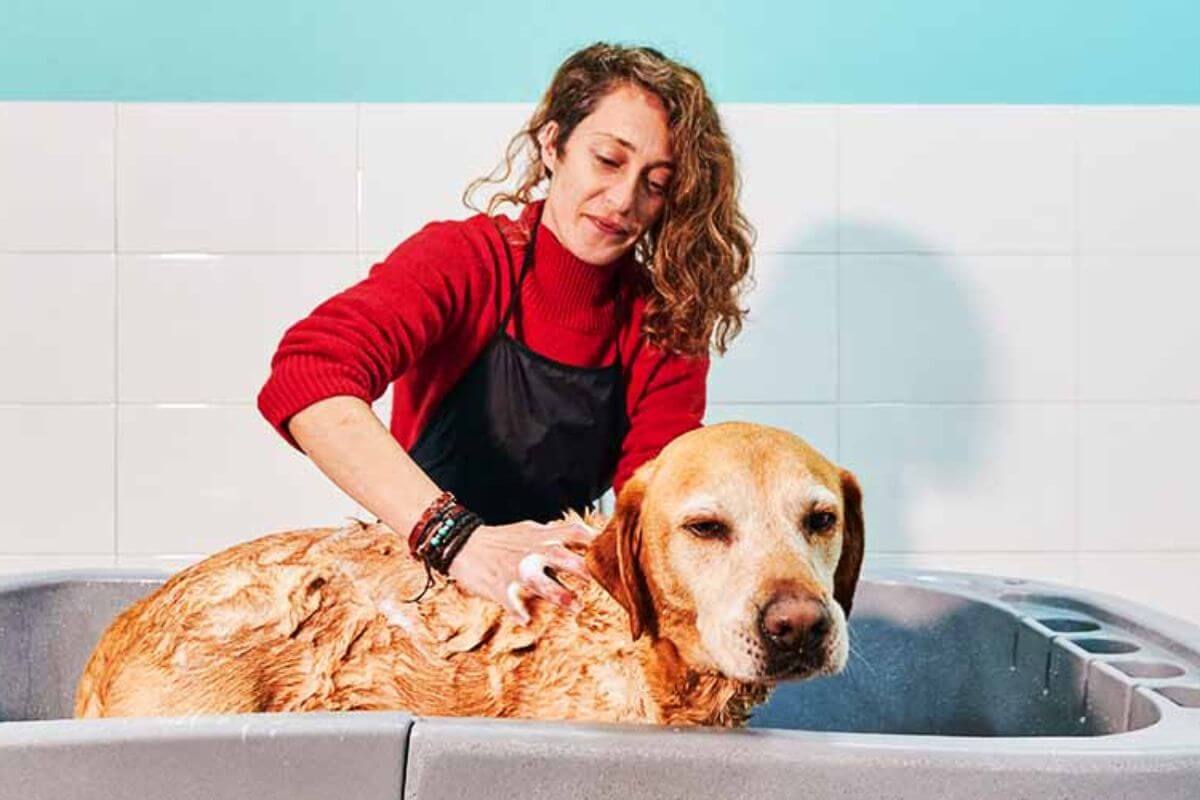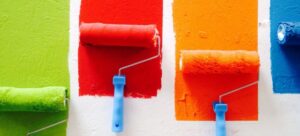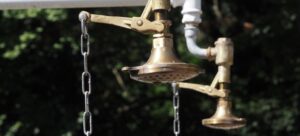Labradoodles, with their charming personalities and delightful curls, are a popular choice among dog lovers. Keeping these lovable furballs clean is crucial for their well-being, but determining how often to give them a bath involves a careful balance. Let’s embark on the journey of understanding the Labradoodle lather, exploring the factors influencing bathing frequency and ensuring your canine friend stays fresh and comfortable.
1. The Doodle Dynamics: Unraveling the Coat Composition
a. Unique Coat Traits:
- Labradoodles inherit their coat characteristics from both Labrador Retrievers and Poodles. The coat can range from curly to wavy, influencing how often they should be bathed.
b. Oil Production:
- Labradoodles, like many dogs, produce natural oils that contribute to skin health. Over-bathing can strip these oils, potentially leading to dry skin and coat issues.
2. The Nose Knows: Finding the Right Scent
a. Monitoring Doggy Odor:
- Labradoodles are known for having minimal doggy odor. If you detect an unusual scent, it might be time for a bath. However, occasional doggy aroma is normal and not necessarily a cause for immediate bathing.
b. Allergies and Sensitivities:
- Pay attention to your Labradoodle’s skin and coat. If they have allergies or sensitivities, bathing frequency might need adjustment based on their individual needs.
3. Lifestyle Considerations: Paws on the Ground
a. Active Lifestyles:
- Labradoodles are often energetic and love outdoor activities. If your doodle enjoys romps in the mud or swims in the lake, you might need to bathe them more frequently to maintain cleanliness.
b. Indoor Companions:
- Doodles that spend more time indoors and have minimal outdoor adventures may require fewer baths. Indoor dogs are less exposed to external elements that could soil their coat.
4. The Brushing Blueprint: Combing Before the Soak
a. Brushing Routine:
- Regular brushing is essential for Labradoodles. It helps prevent mats and tangles, ensuring that the bath is more effective in cleaning the coat.

b. Pre-Bath Detangling:
- Before a bath, take the time to detangle any mats or knots. This allows the shampoo to reach the skin and ensures a smoother post-bath brushing experience.
5. Water Adventures: Post-Swim Bathing
a. Pool or Beach Trips:
- If your Labradoodle enjoys water adventures, consider rinsing them after swimming to remove chlorine or salt residues. A full bath may be necessary if they’ve been exposed to chemicals or saltwater.
b. After Outdoor Play:
- Labradoodles that love outdoor play may benefit from a bath if they’ve rolled in dirt or encountered mud. Regular rinsing or spot cleaning can also be effective.
6. Puppy Protocol: Introducing Bath Time with Care
a. Gradual Introductions:
- If you have a Labradoodle puppy, introduce baths gradually. Use positive reinforcement like treats and praise to create a positive association with bath time.
b. Gentle Products:
- Use puppy-friendly, gentle shampoos to avoid irritating their sensitive skin. Ensure the products you use are suitable for their age and coat type.
Conclusion: Crafting the Perfect Doodle Dip
In conclusion, the optimal bathing frequency for your Labradoodle is a balance between their coat type, lifestyle, and individual needs. Regular brushing, attentive monitoring for odors or skin issues, and considering their level of outdoor activity all contribute to crafting the perfect doodle dip routine. By understanding your Labradoodle’s unique traits and tailoring their bathing schedule accordingly, you’ll not only keep them clean but also contribute to their overall health and happiness.
Navigating the Doodle Dip: Advanced Tips for Labradoodle Bathing Bliss
As we dive deeper into the world of Labradoodle care, let’s uncover additional insights and advanced tips to ensure your canine companion’s bathing experience is nothing short of blissful. From specialized grooming techniques to expert-approved products, these considerations will elevate your Labradoodle’s grooming routine to the next level.
7. Coat-Specific Care: Tailoring to Texture
a. Curly Coats:
- Labradoodles with curly coats may require more frequent baths to prevent matting. Use a moisturizing shampoo and conditioner to keep the curls soft and manageable.
b. Wavy Coats:
- For Labradoodles with wavy coats, a moderate bathing schedule combined with regular brushing can help maintain the natural wave pattern. Choose a shampoo that enhances waves and reduces frizz.
8. Allergen Awareness: Specialized Shampoos
a. Hypoallergenic Formulas:
- If your Labradoodle is prone to allergies or skin sensitivities, consider using hypoallergenic shampoos. These formulations are designed to be gentle on the skin while effectively cleansing the coat.
b. Vet-Recommended Products:
- Consult with your veterinarian to identify specific grooming products tailored to your Labradoodle’s unique needs. Vet-approved shampoos and conditioners can address individual skin conditions more precisely.
9. Spa Day Essentials: Pampering Extras
a. Paw Balm:
- Treat your Labradoodle to a paw balm application after a bath. This helps moisturize paw pads, especially beneficial if your doodle enjoys outdoor adventures.
b. Doggy Cologne:
- Finish the grooming session with a dog-friendly cologne. Opt for mild, non-overpowering scents to add a touch of freshness to your Labradoodle’s coat.
10. The Doodle Blowout: Drying Techniques
a. Low-Heat Blow Dry:
- If using a blow dryer, opt for a low-heat setting to avoid discomfort. Ensure the dryer is held at a safe distance from your Labradoodle’s coat to prevent overheating.
b. Air Drying Options:
- Labradoodles often tolerate air drying well. Allow them to shake off excess water and then air dry naturally. This method minimizes stress and promotes a comfortable drying experience.
11. Routine Dental Care: Beyond the Bath
a. Toothbrushing Routine:
- Incorporate regular toothbrushing into your Labradoodle’s grooming routine. Dental health is integral to overall well-being, and a fresh breath can be an added bonus.
b. Dog-Friendly Toothpaste:
- Use toothpaste specifically formulated for dogs. Introduce toothbrushing gradually, making it a positive experience through praise and treats.
12. Professional Grooming: Expert Touches
a. Grooming Schedule:
- Consider scheduling professional grooming sessions, especially if your Labradoodle has a curly or intricate coat. Groomers can perform tasks like coat trimming and ear cleaning more effectively.
b. Breed-Specific Expertise:
- Seek groomers with experience in handling Labradoodles. They understand the breed’s coat intricacies and can offer valuable advice on at-home grooming practices.
Conclusion: Crafting a Doodle Spa Experience
In crafting the perfect Labradoodle bathing routine, embracing specialized care and incorporating pampering extras can turn the grooming session into a spa-like experience. These advanced tips go beyond the basics, ensuring your Labradoodle not only stays clean but revels in the joy of a personalized and luxurious spa day. With the right approach, grooming becomes a bonding ritual that strengthens your connection and enhances your Labradoodle’s overall well-being.
FAQs
Certainly! Here are some frequently asked questions (FAQs) about bathing Labradoodles:
Q: How often should I bathe my Labradoodle?
A: Bathing frequency varies based on factors like coat type, lifestyle, and individual needs. Generally, every 6-12 weeks is a good starting point, but adjustments may be necessary based on specific conditions.
Q: Can I use human shampoo on my Labradoodle?
A: No, human shampoos may contain ingredients that are harsh on a dog’s skin. It’s recommended to use a mild, dog-specific shampoo suitable for Labradoodle coats.
Q: How do I prevent matting in my Labradoodle’s coat?
A: Regular brushing is key to preventing matting. Use a slicker brush or comb, paying extra attention to areas prone to tangling, such as behind the ears and underarms.
Q: What if my Labradoodle has skin sensitivities?
A: Opt for hypoallergenic shampoos specifically formulated for sensitive skin. If skin issues persist, consult with a veterinarian for personalized recommendations.
Q: Should I bathe my Labradoodle after swimming?
A: It’s advisable to rinse your Labradoodle after swimming to remove chlorine or salt residues. A full bath may be needed if they’ve been in pools with chemicals or saltwater.
Q: Can I use conditioner on my Labradoodle’s coat?
A: Yes, using a dog-specific conditioner can help keep Labradoodle coats soft and manageable. Ensure the conditioner is suitable for their specific coat type.
Q: How can I make bath time enjoyable for my Labradoodle?
A: Introduce bath time gradually, use positive reinforcement with treats, and make it a positive experience. Using calming techniques and gentle products can also contribute to a positive association.
Q: Are there specific grooming tools recommended for Labradoodles?
A: Slicker brushes and combs are commonly used for Labradoodles. Consider the coat type—curly or wavy—and choose grooming tools accordingly.
Q: Can I air dry my Labradoodle after a bath?
A: Yes, many Labradoodles tolerate air drying well. Ensure they are in a warm, draft-free environment, and allow them to air dry naturally.
Q: How can I keep my Labradoodle’s teeth clean?
A: Regular toothbrushing with dog-friendly toothpaste is essential for dental health. Introduce toothbrushing gradually and use positive reinforcement.
These FAQs offer guidance on various aspects of Labradoodle bathing, from frequency to product choices and grooming practices. Adjustments can be made based on your Labradoodle’s individual needs and preferences.



